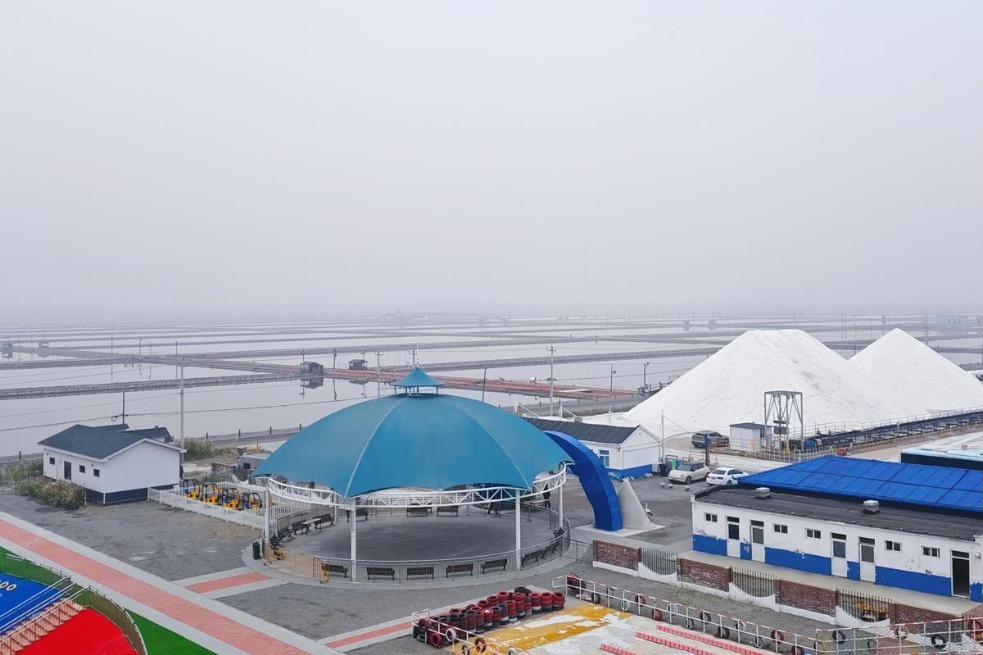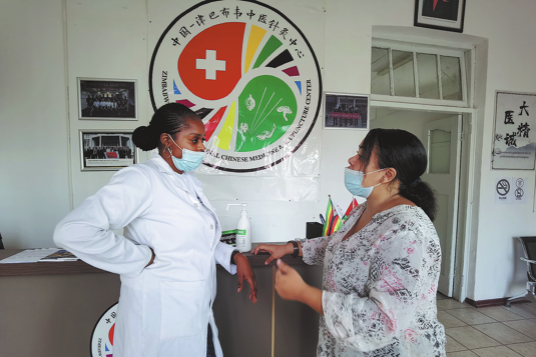Woman in Zhejiang diagnosed with 'dead butt syndrome' due to longtime sitting

A woman in Zhejiang province has been diagnosed with "dead butt syndrome" due to prolonged periods of sitting, according to a report by Guangming Net on Wednesday.
News of the incident quickly gained attention on Sina Weibo, a popular micro-blogging site, with many users making light-hearted jokes about the condition. Some humorously commented that while some people may be alive, their buttocks have already "died." Others expressed concern about their own sedentary lifestyles and the possibility of developing the syndrome.
The 26-year-old woman, who prefers to be called Dai, had been experiencing discomfort in her lower back for the past two months. The discomfort escalated to unbearable pain during extended periods of sitting.
Initially, Dai attributed the discomfort to a lack of exercise. However, she noticed knee pain after jogging recently, prompting her to seek medical help.
During her hospital visit, doctors observed that Dai had weakened buttock muscles. She revealed that as an interior designer, she often worked long hours, sitting for over 10 hours a day. The doctor diagnosed her with "dead butt syndrome," also known as gluteal amnesia.
"Dead butt syndrome" primarily occurs when the gluteus medius, one of the three main muscles in the buttocks, weakens due to prolonged sitting. This weakening can impair the muscles' ability to function optimally, leading to poor shock absorption and reduced motion control of the hip and leg.
Medical professionals have offered precautionary measures for the syndrome, emphasizing the importance of staying physically active. For individuals who sit for extended periods, it is recommended to stand up and stretch the body periodically, walk around, and keep the gluteal muscles engaged throughout the day.
A simple rule to follow is to stand up and move for at least 10 minutes every hour of sitting to reactivate the gluteal muscles and prevent them from becoming "inactive."
There are three simple self-diagnosis steps for the syndrome: flat and floppy buttocks, discomfort in the waist, hips, and knees after prolonged sitting, and an inability to maintain an upright upper body while performing a deep squat with both hands extended overhead. If someone exhibits all these symptoms, there is a possibility they have developed the syndrome.
Furthermore, if individuals experience worsening lower back pain after prolonged sitting, seeking professional medical help is advisable.
- National Games vibe is everywhere in Guangzhou
- Forum unites global experts to enhance city image communication
- Miao New Year celebrations get underway in Guizhou's Leishan county
- Mainland spokesman reiterates stand on Taiwan
- Fujian county's rural development becomes a big draw for Taiwan investors
- Nobel laureate in chemistry: Give young scientists more independence




































